7 Things I Tell Every Homeowner About Furnace Maintenance as an HVAC Pro to Avoid a Breakdown on the Coldest Night of the Year
These are the essential furnace maintenance checks to make right now


Ottilie Blackhall
With the start of December now exactly a week away and the holidays just around the corner, attention in homes has well and truly turned to keeping cozy and comfortable.
And, with heating more important than ever at this time of year, it's imperative to avoid a furnace breakdown when you need it most. But how can homeowners ensure a warm winter?
As an HVAC expert, my best advice is to test your system before you need it, switching the heat on and letting it run for 15 to 20 minutes, without waiting for the forecast to drop to 30°F if you can avoid it. Here's why it's essential when keeping keep a home warm all day.
Why Homeowners Should Test Their Furnace Now
Most importantly, testing furnaces now gives homeowners time to notice things like strange startup noises, the smell of burning dust coming off the heat exchanger, or a blower motor that's slow to heat up.
As the founder of AirConditionerLab, I know that early-season problems often stem from dust buildup or parts that stick after months of inactivity, while keeping a home cool over summer, which a simple test run would reveal. Then, if there are any issues, you'll have time to call in a pro before the cold weather really sets in.
Once that's been tested, these are the next steps I suggest:
1. Inspect the Air Filter

If you can't see through your air filter, it's high time for a replacement.
Next, I visually inspect the air filter, rather than checking the date. Hold it up to a bright light; if you cannot see through it, please replace it. A clogged filter reduces airflow, causing the heat exchanger to overheat and shut off. That trips the high limit switch, and the furnace keeps turning on and off every few minutes, doing the opposite of making heating more efficient. You’ll feel warm air at first, then nothing.
Design expertise in your inbox – from inspiring decorating ideas and beautiful celebrity homes to practical gardening advice and shopping round-ups.
I usually recommend the Filtrete Air Filter, available in a pack of two at Amazon. It traps dust and pet dander without blocking airflow, unlike some higher-MERV filters. It comes in several size options, and the one-inch version works for most systems unless yours was designed for a thicker filter.
2. Vacuum Vents

Next, check your furnace vents.
Additionally, homeowners often forget about return vents and supply registers. Use your best handheld vacuum [our top pick is the BLACK+DECKER dust buster Handheld Vacuum available at Amazon] to go over the vents, especially the cold-air returns. Dust buildup forces the blower to work harder, and, if you're in a home with pets or kids, that dust adds up fast. Even wiping the outside of the furnace helps.
Fine dust can clog pressure tubes, leading to a pressure switch failure. I've replaced more of those than I can count, and they're usually $150 to $300 parts with labor.
3. Check the Condensate Drain
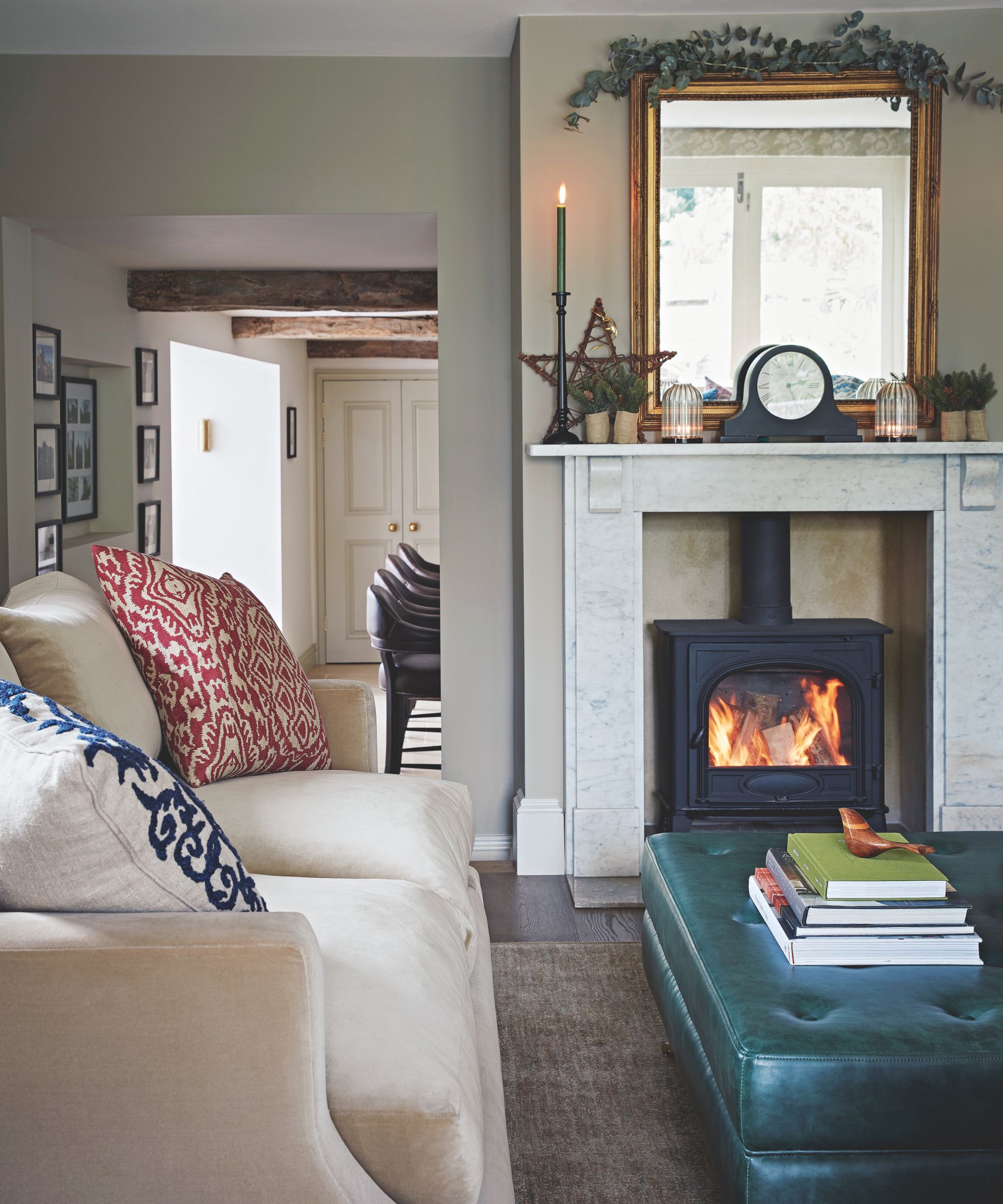
'If the drain trap is dry or blocked, the furnace won't run.'
With high-efficiency furnaces, I always check the condensate drain, which is crucial when winterizing a house inside and out. These models produce water when they run. If the drain trap is dry or blocked, the furnace won't run.
Pour a cup of warm water into the drain to keep the trap primed. Some people also use condensate tablets [such as the QwikTreat Condensate Pan Treatment Tablets available at Amazon] to keep the line clean, especially if there's any slime or buildup.
4. Change Thermostat Batteries

It takes mere moments to swap out the batteries in your thermostat and avoid a costly call-out.
A small but common issue is the thermostat. If it runs on batteries, swap them out to avoid any thermostat mistakes this winter.
Low batteries don’t always show a warning. What you usually see instead is the furnace turning on and off, the screen going blank, or the system not calling for heat at all.
This problem causes dozens of service calls every year, and most are fixed in seconds with fresh AA batteries, available at Amazon, or AAA batteries, available at Walmart.
5. Check the Flame Sensor

If your furnace is five years or older, it's time to check the flame sensor.
I also check the flame sensor if the furnace is five years or older. If the furnace starts but shuts off after a few seconds, the sensor is likely dirty, which is likely to make your heating system work harder.
You can clean it with a Scotch-Brite pad, available at Amazon. Don't use sandpaper – that ruins the coating.
6. Keep a Spare Hot-Surface Igniter on Hand

Lighting a fire is an effective way to stay cozy in the interim if your furnace won't fire up.
If your furnace is over 10 years old, it’s a good idea to keep a spare hot-surface igniter on hand. It’s the little part that lights the burners. When it goes out, the furnace won’t fire up at all. If that happens on a weekend or holiday, you’re stuck heating your house with the furnace out until someone can get to you.
The Emerson Hot Surface Ignitor on Amazon works with many models, but always check the number on your existing part first. Swapping it out is usually quick if you’re comfortable with basic tools. Just make sure the power is completely off before you touch anything.
7. Keep the Area Around the Furnace Clear

'That space isn't optional.'
Last, keep the area around the furnace clear. I need at least 30 inches of working space. Don't store cardboard, leftover paint cans, or laundry next to it.
I've seen filter doors blocked by storage baskets and bins, and even a Christmas tree jammed between the unit and the wall. That space isn't optional. It affects safety and service access.
What to Shop
All prices were correct at the time of publication.
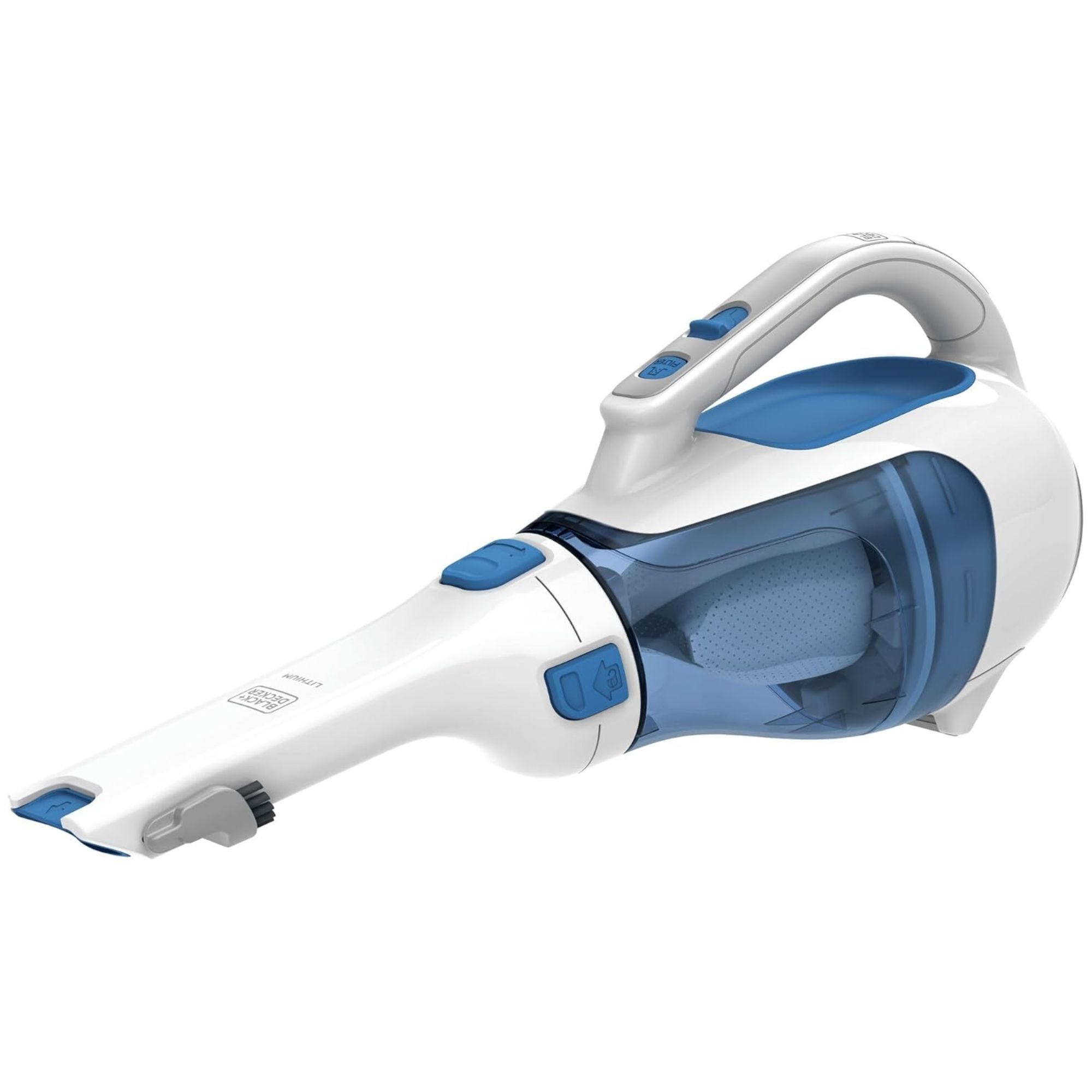
With a rotating, extendable nozzle and crevice tool, this handheld vacuum makes it easy to clean hard-to-reach spots, like your air vents. It uses a strong, cyclonic action to target dust and debris.

These convenient tablets are completely soluble in water and work to prevent the build-up of sludge and scum deposits that cause odors, plugged condensate drain lines, and overflows. They're also safe, non-corrosive, and non-toxic.
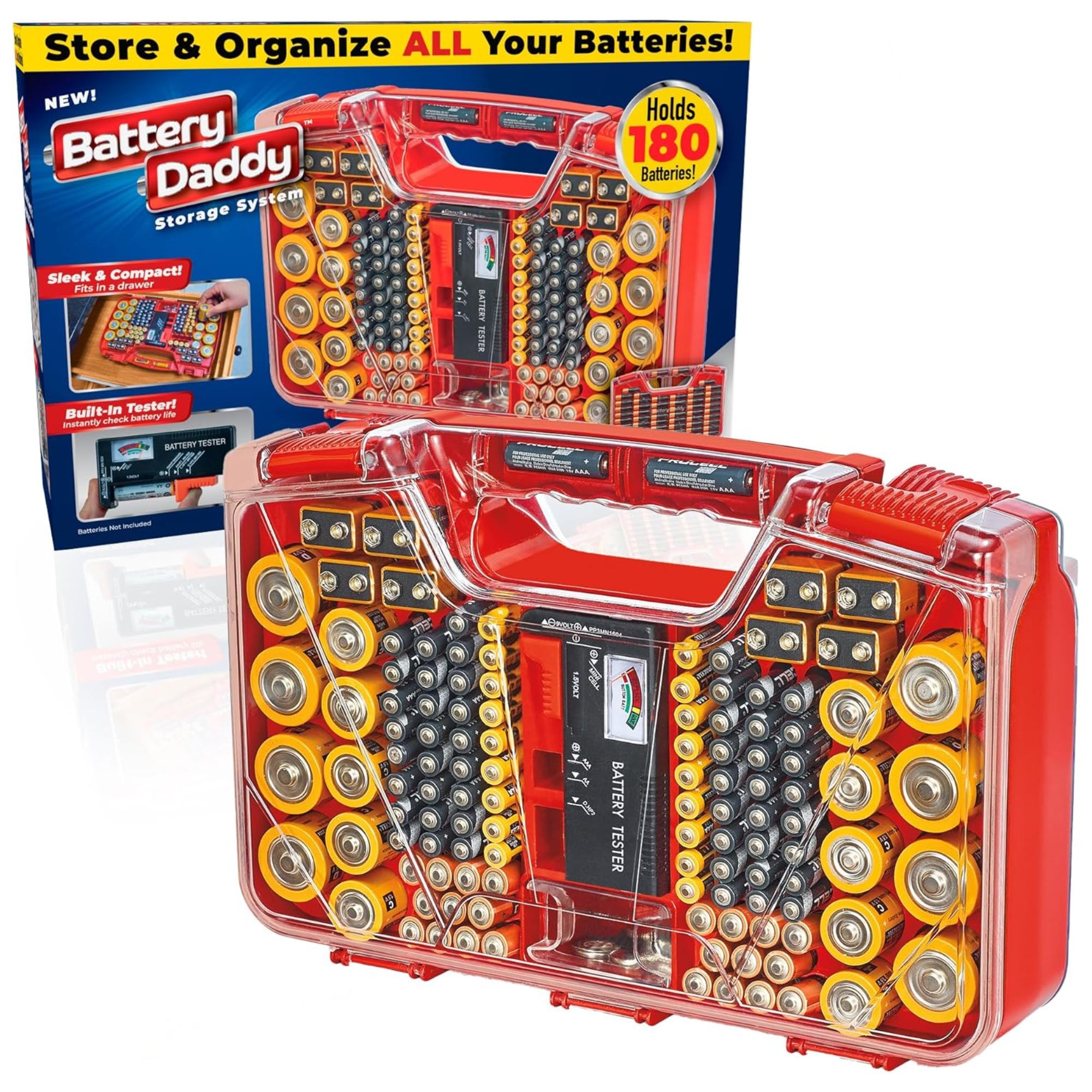
This battery storage and organizer case has enough space for up to 180 batteries, with a clear lid for you to view what you have at a glance, and a durable, portable design for carrying all around the house.
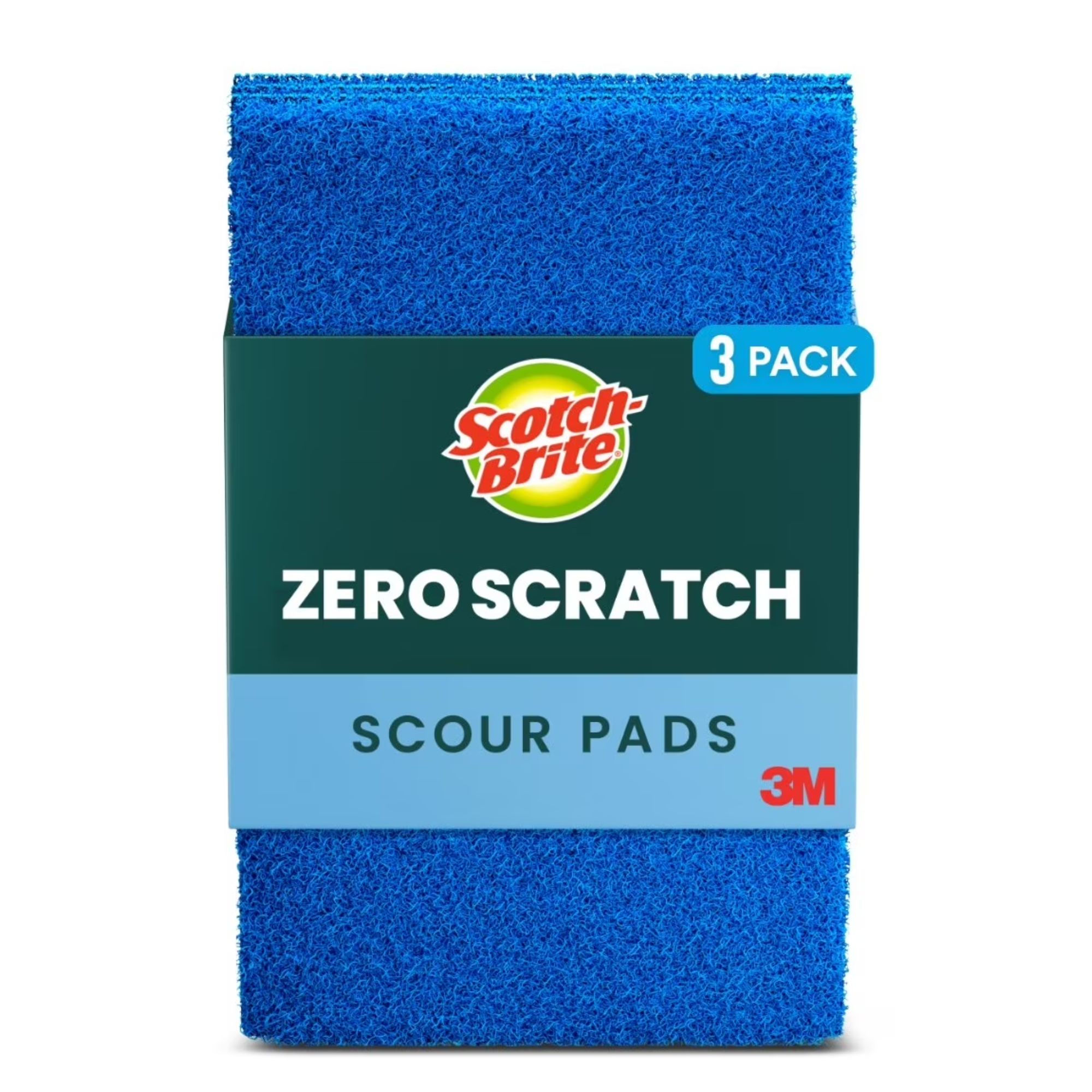
These scouring pads can be used to gently clean your furnace flame sensor without any scratching or damage. They're safe for most surfaces and made from recycled content.
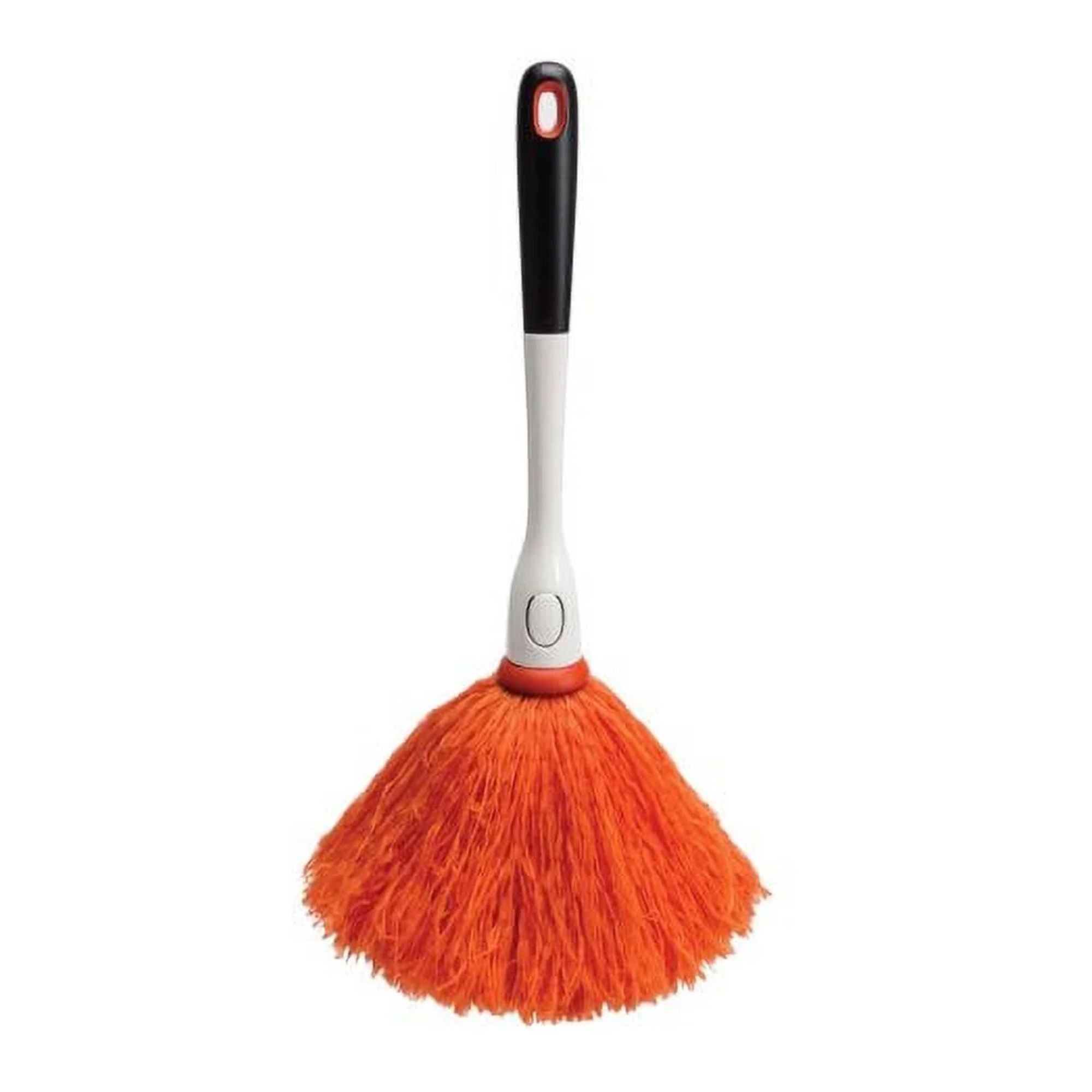
Banish any remaining dust in your air vents with this small Delicate Duster from OXO, which handily features a microfiber head that simply pops off and goes in the washing machine when it's time for a refresh.
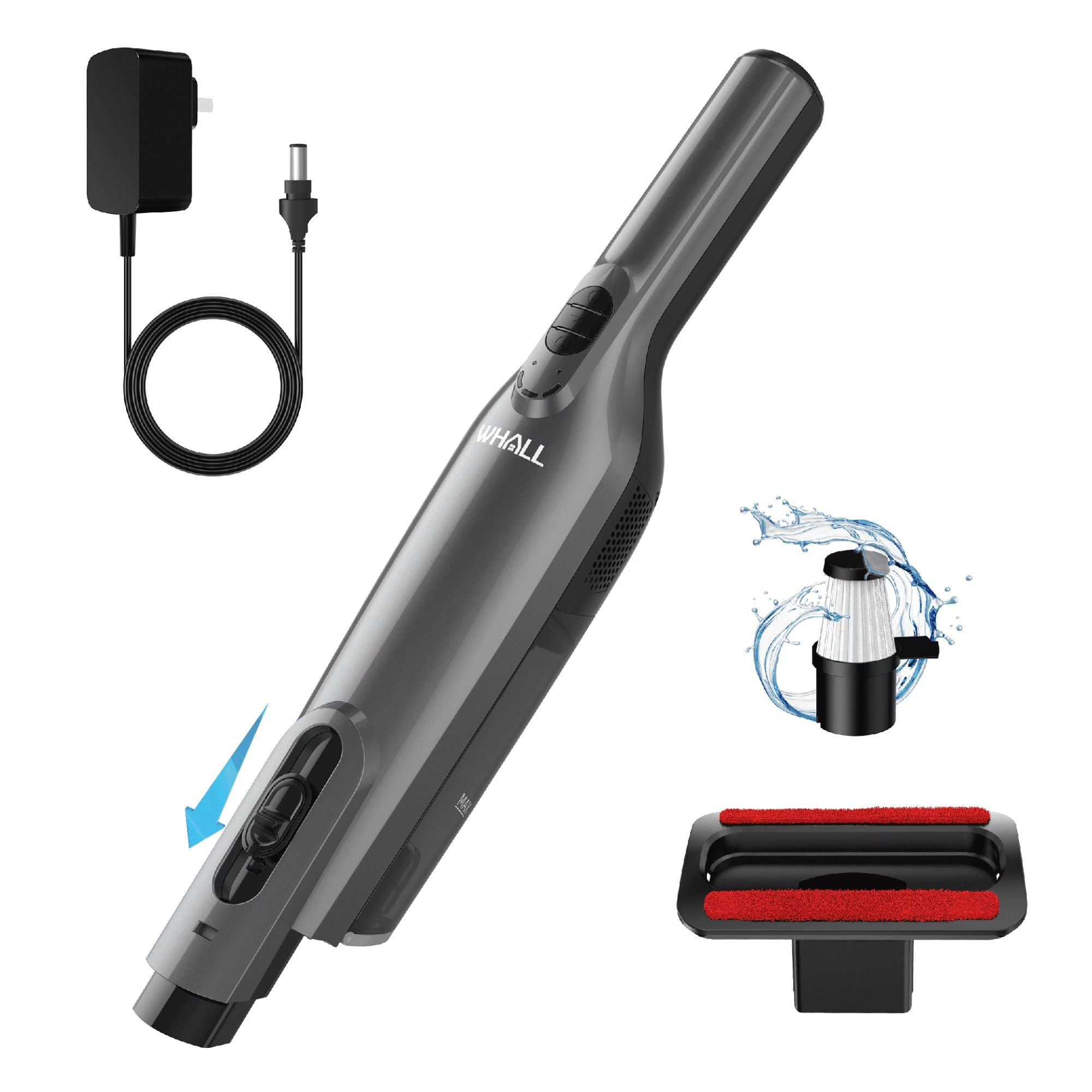
This cordless vacuum cleaner comes complete with two modes for powerful suction on all surfaces, a handy one-button dustbin release, and a washable HEPA filter for easy maintenance. It also weighs only 1.6 lbs.
Meet the Expert

As an HVAC and tech enthusiast and expert, Josh founded AirConditionerLab in 2014, bringing readers quality tips and findings about all things heating, cooling and air quality.
Wondering how long a furnace lasts? Our experts say anywhere between 10 and twenty years, but there are a number of things you can do to make yours last longer.

Josh is an experienced HVAC technician and owner of Air Conditioner Lab, an online resource on heating, cooling, and energy efficiency.
- Ottilie BlackhallNews Writer
You must confirm your public display name before commenting
Please logout and then login again, you will then be prompted to enter your display name.